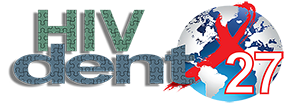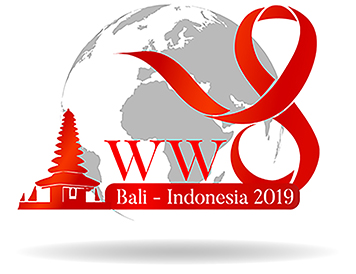Gabriela Beresescu, Alina Baldean, Adriana Monea
University of Medicine, Pharmacy, Science and Technology Targu Mures, Targu Mures, Romania
Abstract
Objectives: The aim of this study is to assess the histological effectiveness of a low- level laser therapy (LLLT) with respect to the acceleration of bone regeneration of intrabony defects of patients with specials needs.
Methods: Ten patients with intrabony defects, aged between 20-45, non-smokers, were randomly divided in two groups. Informed consent was obtained. Each patient had at last one periodontal defect. The test group received a treatment with low lever laser therapy (LLLT). The equipment used was OsseoPulse AM300 (extra oral light emitting diode), at an intensity of 20mW/cm2 for 20 minutes per day for 21 consecutive days. The control group received just scaling and no treatment with LLLT. The bone formation was evaluated in both groups at baseline and six months post-treatment by the means of a biopsy of tissue followed by a histological analysis.
Results: The histological study of the control sample harvested six months postoperative showed of irregular fragments of bone in loose fibrous connective tissue. The diagnosis of this tissue sample was evaluated to be vital lamellar bone with chronic inflammation of the narrow spaces. The histological study of the test sample at six months after regeneration showed bone formation without inflammatory cells and occasional non-viable bone consistent with regenerating bone.
Conclusions: With all the limitations regarding the number of patients and the follow up period, the histological analysis showed that the intrabony defects treated with LLLT produces more significant bone that the non-treated defects. Histological study suggests that in six months there is new bone formation in the defects treated with LLLT. Clinical data indicate the possibility of more rapid wound closure and subsequent healing in zones treated with LLLT as compared with control.


